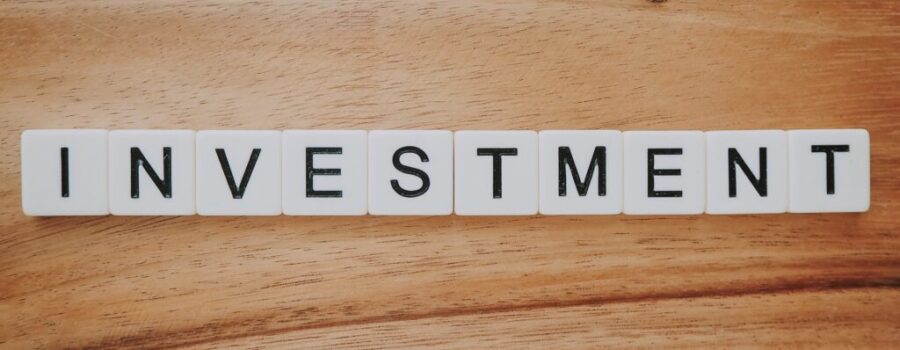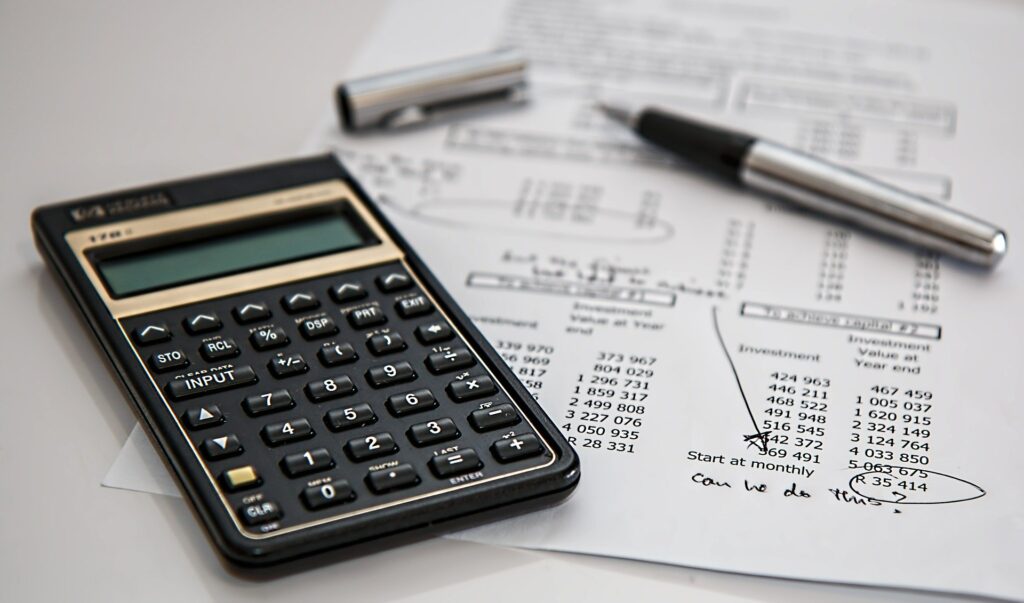
The Difference Between ROI vs. ROE
When you’re thinking about investing in property or land, you may want to measure the ROI and ROE of the project at hand, which can help you determine the health of the investment that you’re about the make. ROI stands for return on investment and is designed to compare the cost of the initial investment against the estimated income from the investment. When someone invests in a building and makes renovations before renting the property to tenants, they would calculate their initial investment against the annual returns that they bring in from tenants. The annual returns would be divided by the total investment to achieve the expected ROI. Another commonly used formula involves EBIT/total investment.
On the other hand, ROE stands for return on equity and is an equation that’s typically used by companies to ascertain how much profit can be accrued based on the amount of money that was invested. To perform this calculation, net income must be divided by the shareholder equity, which is the claim that the owners of the corporation have on the company’s assets after all debts are paid. This formula can help you identify how well a company is using their assets to gain profit.
It’s important to understand both of these terms if you want to be fully informed about the potential of the investment you’re making. While the ROI will provide you with a look at your profits, the ROE formula can be great at giving you an idea of good financial and management decisions that a company may be making. This article takes a comprehensive look at the differences between these two investment terms and how they can affect you.
Key Takeaways:
- The investment terms ROI & ROE stand for return on investment versus return on equity.
- Both ROI & ROE are helpful metrics techniques to understand when making an investment decision that will benefit you.
- Our article below discusses the main reasons for using either ROI & ROE for your investment purposes.
What to Use – ROI or ROE

ROI and ROE are both helpful metrics when you want to quickly identify how healthy an investment or company is. Despite the usefulness of these terms, it’s important to understand that they can’t be used interchangeably. When measuring the health of an investment or company with ROE, the equity that you use in the formula will be comprised of invested funds and borrowed funds, which makes it possible for a company that has a significant amount of debt to still be profitable on a long-term basis.
In the event that a company has more than twice as much income as debt, they are likely in a great position. On the other hand, when profits get closer to total debts, companies will likely need to make substantial adjustments in order to remain afloat and continue making payments to creditors. This measurement is also great if you want to factor debt into the equation when thinking about the profitability of your investment.
As for ROI, this metric is fantastic if you want to gain a clear understanding of the profit that an investment or company will make. If your investment is set to have a positive ROI, this indicates that the investment is financially sound and that you will be able to start making money after you’ve made the initial investment. There are, however, some flaws that come with using ROI.
With this particular metric, it can be difficult to combine revenue into the investment that you have made or are set to make. You can’t be certain how much revenue you will make from your investment, which means that this metric is best used as an estimate. There’s always a possibility that your actual return on investment is higher or lower than what you initially estimated.
Whether you are about to invest in new land or are working with a company, it’s highly recommended that you use both ROI and ROE if you want to make a fully informed decision. Without using both metrics, it’s possible that you could overlook an important piece of information before you make your investment decision. The main reasons to use ROE include:
- Allows you to effectively calculate if management is properly using the company’s assets to reach profitability
- Gives you a clear understanding of the right financial and management decisions to make
- Allows you to receive a final calculation without factoring in debt
The primary reasons to use ROI include:
- This calculation offers a basic look at expected profits, which allows for a simple assessment of the health of an investment
- Allows debt to be factored in
- Focuses entirely on profitability, which may be the only thing you care about when making an investment
Impact of Interest Expense

If the investment that you make is funded entirely with equity and comes without any debt, the ROI and ROE calculations will be identical. The absence of debt means that neither metric needs to factor debt into the equation. In the event that a loan is provided as a part of the investment, this means that debt will need to be considered in your calculations. In this situation, the ROE measurement that you obtain will be at a higher amount than it likely would have been if a loan wasn’t made. This occurs when the profit that you make as a result of the loan is more than the interest expense of the loan in question.
To better understand how interest from a loan will affect the ROE, let’s say that you invest $70,000 into a relatively small restaurant that provides you with annual profits of $10,000. You could also choose to borrow an additional $30,000 to invest in a more popular restaurant that will bring in $18,000 in profits each year.
If you find that the interest expense for the loan is lower than the additional $8,000 in profits that you make from the loan, likely the best decision would be to place your money into the larger restaurant. When this occurs, your ROE will increase. If you’re investing in land or a property, you may be hesitant to increase the size of the investment. Taking the interest expense and added profits into account is essential towards being confident in the decision you make.
Borrowing Risk

If you’re currently thinking about making an investment, it’s also essential that you take a look at the borrowing risk for the investment in question. In most cases, borrowing a higher amount of money increases the likelihood that you lose a significant amount of money, which means that larger investments generate more risk. It’s possible that the large restaurant you’re considering investing your money into will fail to bring in enough customers to possibly justify the money that you’ve put into the investment.
If you were able to make the payment solely with equity, your losses could be reduced with some good management decisions. However, borrowing a large amount of money to help you make an investment means that you will need to make monthly payments on the interest from the loan. If you aren’t making any profits at the moment, it won’t be long before it becomes difficult for you to make the monthly interest payments on time, which can create numerous problems with your financials.
It’s also important to understand that investing your money into a more spacious property likely means that the upkeep and rental costs on the property will be significantly higher than they would if you had gone with the smaller investment option. Borrowing money for an investment is considered to be a form of leveraged investing.
Obtaining leverage with your investments makes it possible for you to obtain higher profits because of the money that you borrowed. However, the leverage that you accrue will also cause losses to multiply in the event that your investment doesn’t pan out. If you’re thinking about making a leveraged investment, some key aspects of this investment opportunity that you should keep in mind include:
- This form of investing increases the amount of risk that you are exposed to, which gives you the opportunity to obtain greater profits
- A common tool for leveraged investing involves the use of margin loans
- You can gain high amounts of leverage with relatively low interest rates by obtaining an equity futures contract instead of a margin loan
- If you want to limit the amount of risk that you add to your investment portfolio, use call options on ETFs and equities to combine the interest rates and leverage of futures with hedging
ROE and ROI are both very important metrics to use when you’re about to make an investment on land or a property. Investing your money into a project or piece of land will always come with some risk. However, this risk can be effectively mitigated by performing your due diligence. By making ROE and ROI calculations, you should be able to better determine if your investment will provide you with a positive return. When you’re looking to begin a property development project, obtaining ROE and ROI calculations can make it easier for you to create a proper budget for materials, labor, and property.

Jason Somers, President & Founder of Crest Real Estate
With over 15 years of professional experience in the Los Angeles luxury real estate market, Jason Somers has the background, judgement and track record to provide an unparalleled level of real estate services. His widespread knowledge helps clients identify and acquire income producing properties and value-ad development opportunities.
Learn more about Jason Somers or contact us.



